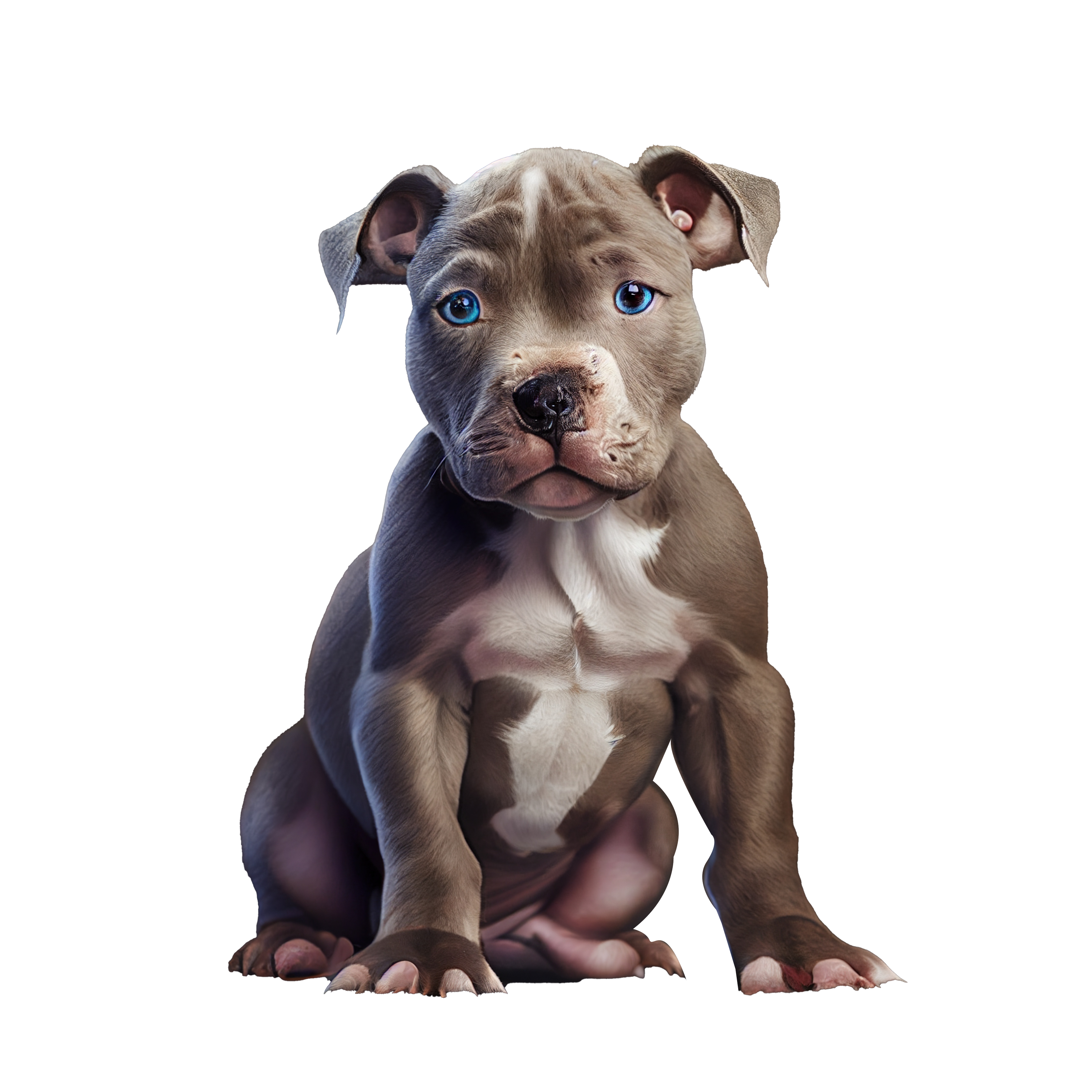It’s a stormy night, so you settle in for an evening movie. But where’s your dog? Are they cowering in the bathroom and trembling behind the toilet, pacing around the house or tearing up a pillow? While you may find their behavior unusual, these reactions to storms, and to daily household noises, can be common for dogs.
Noise sensitivity occurs in about 50 percent of dogs, according to board-certified veterinary behaviorist Jill Sackman, DVM, Ph.D. “Life is too loud (for pets),” she says.
Sackman’s research on sound sensitivity has found that lots of household noises are a major source of anxiety for dogs, yet many families aren’t even aware of it.
Why so sensitive?
A dog’s acoustic perception of the world is different from ours. Dogs can hear sounds at a far distance that we cannot, and many sounds nearby seem louder to our dogs than to us. They can hear our watches and clocks ticking away, animals out in the yard or even insects in the walls of our home. It’s one of the ways they know a storm, earthquake or someone (via the sound of their car) is coming before we do.
Part of the reason dogs hear more than we do is simple anatomy. While human ears are flat on each side of our head, a dog’s ears are on top of their head. They move their ears to direct the sound waves towards the inner ear. This evolutionary adaptation has helped them survive in the wild – they can listen for the sounds of prey (like a squeaking mouse) or know when to seek shelter from storms.
Background Beeps
Dogs can also react to small, regular background noises in your home – dings from text messages, alerts from home devices or even your ringtone can trigger your dog’s anxiety.
“Noise is a stressor that is very much overlooked,” says Tim Walker, DVM, an owner of Somers Animal Hospital. “While it’s well known that dogs fear storms, they also pick up on subtle changes in their environment. We might barely notice these sounds, but they can negatively affect a pet.”
Pound Ridge resident Gernine Tuckner experienced this firsthand with her rescue dog.
“Ringo was struggling with our cell phones and computer alerts,” Tuckner remembers. “Whenever he’d hear those noises, he’d get up from where he was peacefully resting and come to a family member – his body trembled, his teeth chattered and he whined and panted. He also had the same reaction to thunder and lightning.”
With family members working from home during the pandemic, Ringo’s reactions became worse. His owners started muting their devices and were mindful about where they set up their home offices, which helped. Ringo was prescribed oral anti-anxiety medication, which also helped.
Walker says that staff in his practice are now paying more attention to how patients are affected by sounds in the hospital. He’s noticed that reducing noises has helped pets feel safe, which makes them easier to treat.
“We try to keep our exam and treatment areas quiet and use soft, soothing voices,” he explains. “We even consider the noise from a basic hair clipper before we use it on anxious animals. At home and at the office, we recommend avoiding harsh or loud music, booming voices, loud laughs, vacuum cleaners, etc. Doing these things can help your dog relax, instead of adding to their stress.”
Loud living
Your coffee maker beeps when it’s ready, there’s a “swoosh” sound every time you send an email, and the alarm on your phone reminds you about important appointments. You expect, and even need, these sounds. But every time your pet hears them, their anxiety spikes. Here are some other noises to consider:
- Coffee grinder, blender or cooktop exhaust fans
- Dog tags on metal bowls
- Garbage and landscape trucks
- Hard rain on the roof
- Human sneezes and coughs
- Leaf blowers
- Loud human voices or arguments
- Pings of texts
- Popping noises, such as a car backfiring, bubble wrap, gunshots, fireworks
- Training collars with warning beeps
- Unexpected jarring noises, such as scraping a chair across the floor
- Urban noises: traffic, sirens, jackhammers, etc.
- Vacuum cleaners
- Video games, inflammatory news channels, movies with explosive noises
- Voices on Zoom meetings

The concerned canine
Your dog can’t use words, but that doesn’t mean they can’t tell you certain sounds upset them. Common indicators of stress are:
- A crouching/low walk
- Flinching
- Lip licking
- Pacing/panting
- Refusing food
- Retreating
- Salivating
- Seeking out humans
- Trembling
- Tucked tail
- Yawning
In time, noise sensitivities can progress, and some dogs have dramatic responses that trigger them to burrow under blankets, hide in the tub or “climb the walls.” Other dogs scramble, whine, bark, tremble or curl up in a ball. Some may even resist going for a walk and become snappy when being leashed up.
How to help
If you think your dog is sensitive to sound, the first step is to identify which noises bother them. To do that, you’ll need to become an expert at canine body language (see above).
- Once you’ve determined the triggers, review how often these noises occur in your home and figure out ways to modify or reduce them.
- Block out the sights and sounds of storms with shades or curtains.
- Carpets help reduce echoes and the clicking of heels.
- Create safe zones for your dog, like covered crates and small cozy nooks with no windows.
- Don’t breed your sound-sensitive dog – we know this trait can be inherited.
- Find times and places when the streets are quiet for your dog’s walks.
- Feed your dog during quiet times of the day and in low-traffic areas.
- Many pets are calmed when their owners meditate, read, do yoga or other quiet activities.
- If your dog is recovering from surgery or is injured, they may be more bothered by noises than usual.
- Plan ahead for predictable events, such as July 4th, New Year’s Eve or storm season.
- Provide comfort in the form of human closeness, soft music and deep pressure massage.
- Offer chew treats, lick mats and snuffle mats.
- Speak in quiet, calm tones and avoid yelling around or at your dog.
- Try thunder shirts, calming pheromones and natural lavender scents.
- These techniques help most dogs, but if yours is still stressed, you can discuss situational anti-anxiety medications with your veterinarian.
- Once your dog is feeling better, you might find that you are more relaxed as well.
This article was published in the January/February 2023 print edition of Katonah Connect.

Dr. Sarah J. Cutler
Sarah J. Cutler is a veterinarian with a special interest in behavioral medicine. Upon graduation, she took an oath to “first do no harm,” which is a guiding principle in her practice. Sarah combines her scientific background with her respect for cats and dogs to help humans live in health and harmony with their pets. “I’m passionate about following safe practices for our pets and understanding where to find trusted professional resources,” she says.









